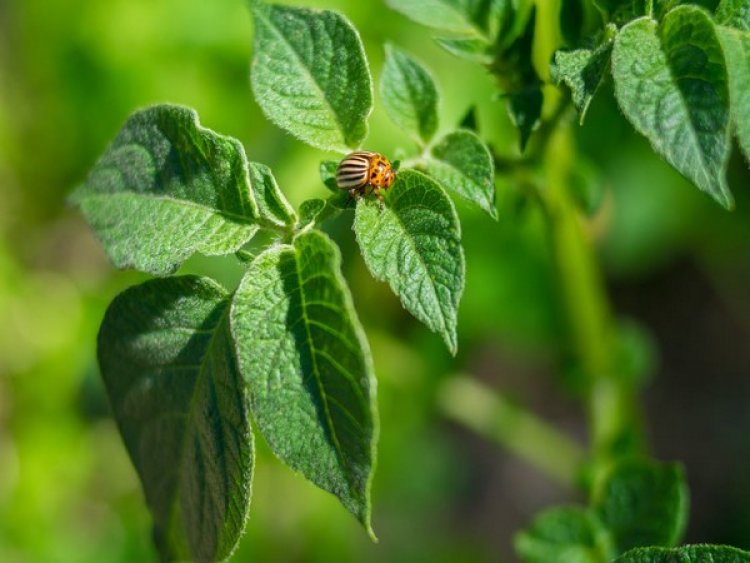Research finds how an insect-eating plant harnesses rain energy to power its traps

Bristol, England: Researchers at the University of Bristol have discovered how a carnivorous plant kills its prey using rain energy.
The findings of the research were published in the journal 'Biology Letters'.
Plants have developed countless strategies to help them survive and outcompete their neighbours in Borneo's steamy jungles. Nepenthes gracilis, also known as the Slender Pitcher Plant, is one of the most inventive because its elaborate cup-shaped leaves have a hanging lid that, when struck by a raindrop, transforms into a lethal ant launching pad.
The team were surprised to find that, rather than bending in the lid itself or in the narrow constriction between pitcher cup and lid, the spring is located far down in the back of the tubular pitcher wall. The off-centre location at the rear of the tube has two effects.
First, it makes the spring direction-dependent and as a result, the lid moves easily down, but not up. When a raindrop hits, the lid is accelerated quickly downwards, flicking any insects sitting on its underside into the fluid-filled trap below. On the way up though, the increased resistance of the spring slows the lid down, so that it stops moving sooner and the trap is quickly ready to capture again.
Second, the off-centre spring prevents the lid from twisting or wobbling, thereby maximising the transmission of impact energy into downward movement.
Lead author Anne-Kristin Lenz of Bristol's School of Biological Sciences explained: "If you look at the pitcher shape you would assume that the deformation happens at the smallest cross-section, which is the transition point from lid to pitcher tube, but in fact, it also deforms further down at the back of the pitcher tube.
"Pitcher plant traps are lightweight but sturdy. Nepenthes gracilis uses small changes in the trap shape to transmit impact energy with astounding efficiency. We can learn from these plants how to optimize structures geometrically, which could help to save material and weight, while still having a functional spring. The springboard trapping mechanism might even provide inspiration for designing new mechanical devices for harvesting energy from rain or hail."
This clever use of geometry makes Nepenthes gracilis the only known plant to exploit an external energy source to achieve extremely fast movement - entirely free of metabolic costs.















































